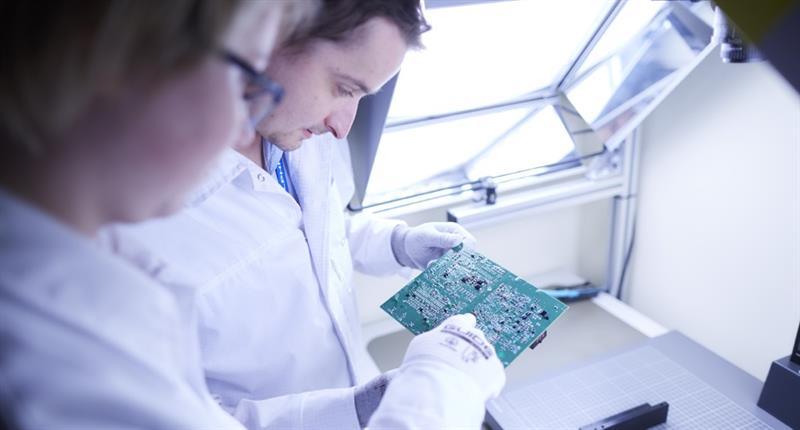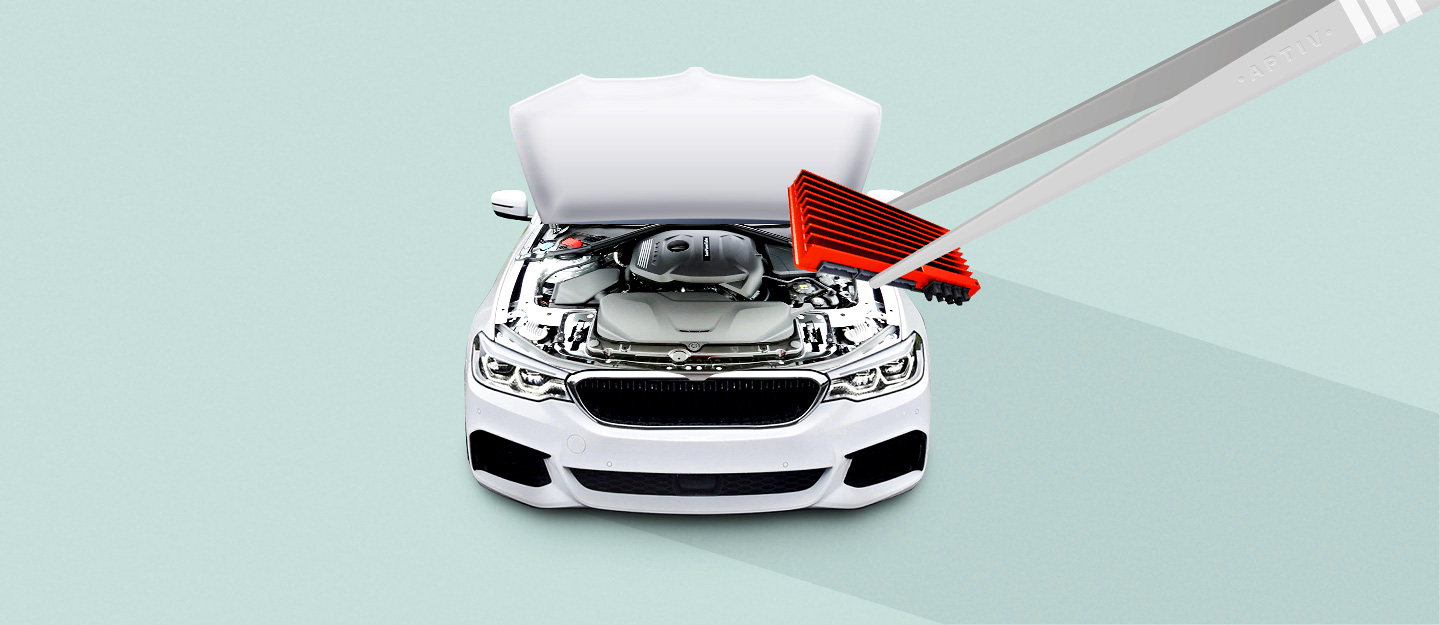Vehicle Architecture Isn’t Brain Surgery. (Or is it?)
Three approaches to rethinking a car’s nervous system.
Updating a car‘s wiring is a lot like performing neural surgery. Every wire is part of an intricate and increasingly complicated network. How intricate? Today’s premium cars have 2.5 miles of wiring and more than 100 ECUs. And both those numbers are growing larger and more complex every day.
Writing the code behind the “brains” of today’s increasingly sophisticated vehicles is a daunting task. But so too is re-thinking the architecture—its nervous system—that allows these brains to act.
That’s exactly what the “surgeons” at Aptiv are doing: finding newer and better ways to help OEMs architect their cars in a way that enables their burgeoning functionalities.
Three approaches. One goal.
In the automotive world, innovation never happens in a vacuum. It has to take into consideration the realities of the industry. That’s why Aptiv takes three distinct approaches to the architecture challenge.
Optimization: While a car’s commercial cycle usually lasts six years, Aptiv engineers like to look at it every three years and enhance a car’s features as much as they can without rewiring new technologies or parts. This allows the vehicle to stay top-of-the-line in terms of functionality, without taking on too much unnecessary rewiring.
Evolutionary: This approach takes into account the reality of legacy cars. Often OEMs will have plans for a new car, but they have a lot of carry-over parts from their existing models. Our work here consists of keeping 50 percent of the parts as carry-over and allowing 50 percent new components. The evolutionary approach allows for the continuation of legacy cars, while we ensure the architecture is as up-to-date as possible.
Visionary: This is where the real fun happens. The visionary approach allows Aptiv to start at square one. No legacy issues. No restrictions. It’s an innovator’s playground, where engineers can take truly revolutionary approaches to re-imagining how the world gets from Point A to Point B.
These methods enable work that is not only efficient, but also respects the vehicle as a whole and avoids additional costs for the Tier 1 supplier and manufacturer.
The future you know.
Whatever the approach we choose to take is that we are already driving cars that include components that have resulted from those explorations, including enhanced energy management like stop-start functionality and personalized features like memory function, enhanced infotainment and diagnostics.
Advances in enhanced energy management are already reversing the growth curve in alternators. In fact, we’ll soon have the ability to get more power from smaller alternators.
The revolutionary architecture will be designed mainly for autonomous driving L4/L5 with tremendous advantages like significant less amount of control units, full redundancy for power supply and high speed data exchange. Dependent on the customer’s desire it can be designed as a scalable solution covering also lower automation levels.

Our teams at Aptiv work every day to find new solutions—concepts that have the breadth and scale to implement now.
This value and expertise we bring to our customers, not only brings us more revenue for future research, it helps ensure that your car’s nervous system can deliver the fast, safe, and reliable distribution of data and power that your car’s brain demands.
